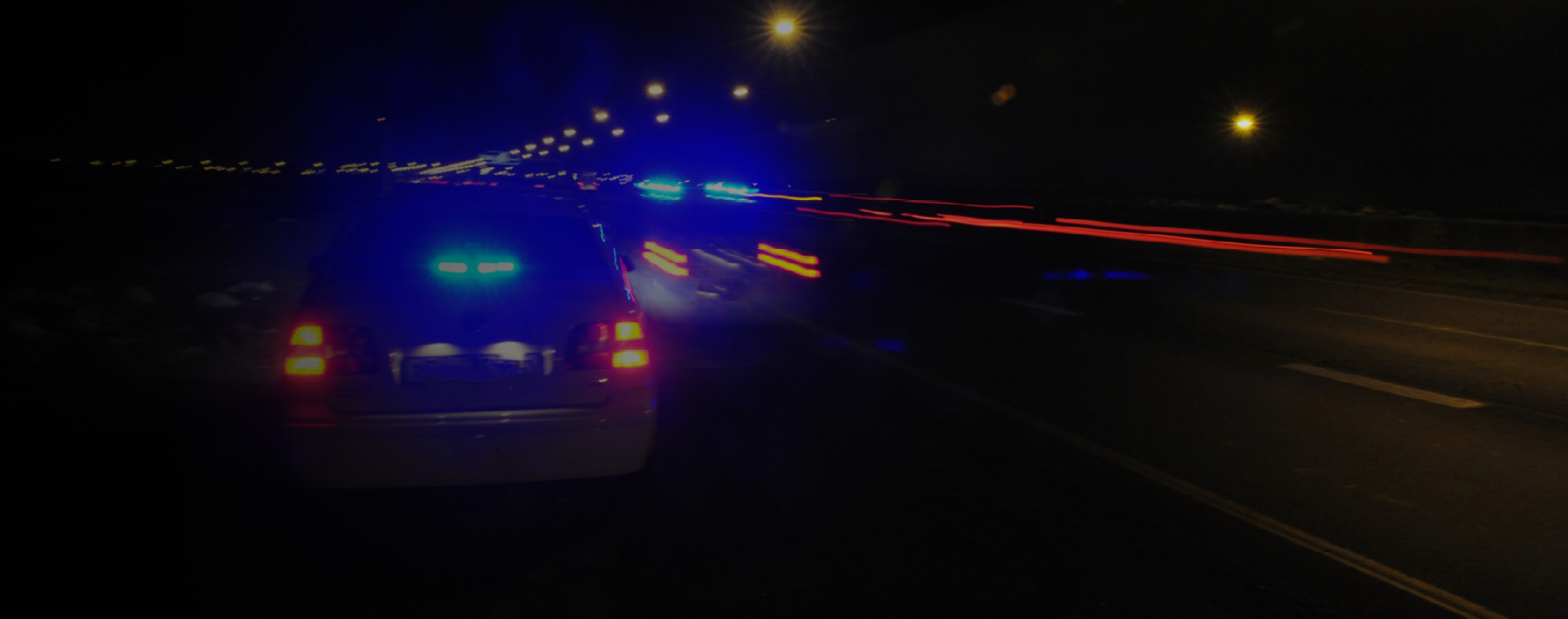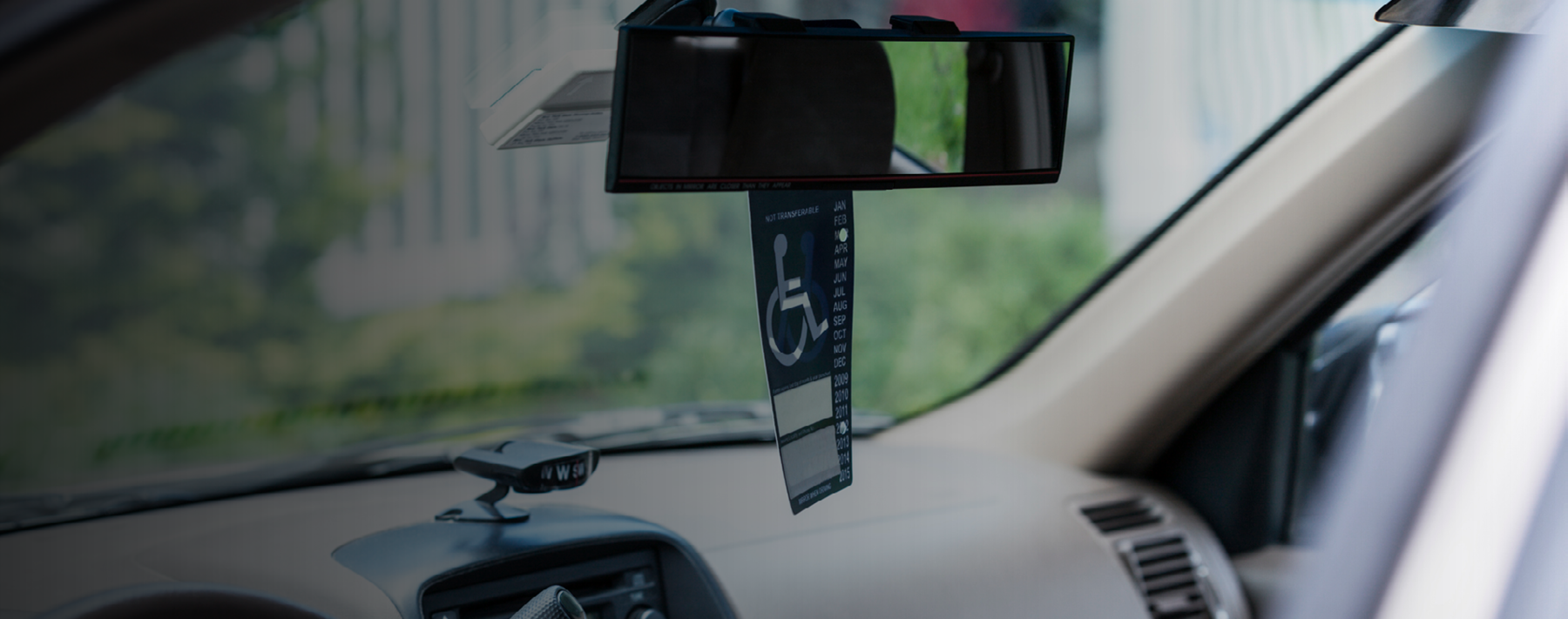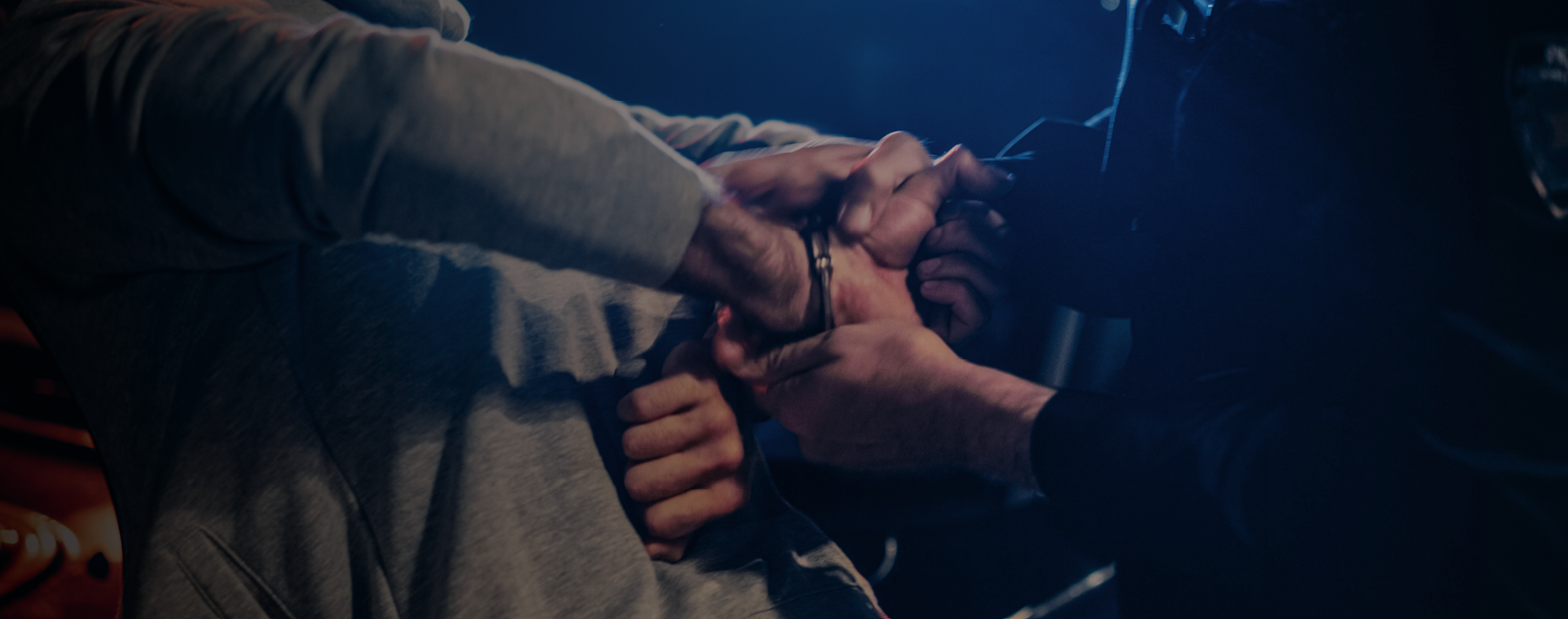“Gordon Graham here and I am calling on behalf of Police Helpers Anonymous and I would like to speak to ask you for a donation to this great cause. Are you aware of how many police officers are killed every year? When a police officer dies, the families have immediate needs, and that is what Police Helpers Anonymous is all about. Would you feel comfortable making a donation of $100 to help the child of a murdered police officer?”
Gordon Graham here—for real this time. Have you received a phone call that sounds like the one above? At the risk of digressing, not long ago I had a death in my extended family and in the process of finalizing the estate I learned the deceased (an elderly woman) had been writing checks to “police charities”—charities I had never heard of. These charities were totally bogus—just a scam to separate this woman on a fixed income from her money. As far as I could learn, NOTHING of her donation went to anything doing with police personnel or their departments. It was a total scam!
Perhaps it is because of my having been active in law enforcement for many years, I find it offensive that some crook would prey on elderly people for any bogus scam (children, veterans, firefighters, nurses or disabled people)—but particularly offensive when the scam involves something like “the families of murdered police personnel” in paragraph one above. That is disgusting.
If I were in charge of a police or fire department, there would be no direct giving to my department.
To be fair, there are a lot of public safety charities out there, and most give at least some of the donated money to help first responders. But what percentage goes to overhead and fundraising costs? CharityWatch (an organization that keeps an eye on these things) advises that at least 75% of the donation should go to direct aid.
Let’s take a look at some major non-public safety charities. The Salvation Army (seriously a good bunch of people) spends about 17% on overhead and fundraising costs, while the Red Cross is even lower at 10%. On the other hand, a few years ago the Wounded Warrior Foundation was reportedly spending 60% of monies donated on vets while the Disabled American Veterans Charitable Service Trust spent 96% and Fisher House spent 91% on the needs of veterans (Mrs. G and I recently made a donation to them; what a great charity).
At the other end of the spectrum, there are some charities that are, in my thinking, fake. Now, I can’t mention them by name for fear of massive litigation, but the costs involved in running these “charities” eat up 90+% of the monies donated. This is wrong—but in the world we live in, it is to be expected that there are bad people with bad hearts who do things like this.
Now, let’s move to the focus of this article. One would expect that when a public safety agency runs the charity, there would be none of this type of dishonesty or skullduggery involved. Sadly, this is not always a correct assumption. I am aware of various cases from around our nation where gifts given to public safety agencies to benefit those in need end up in the homes or pockets of employees of the given agency. This, too, is disgusting!
Let’s go all the way back to the start of this series of articles on risk management. Whatever you are doing or thinking about doing, the first question is, “What is the risk involved in this?” If there is a risk, can the risk be eliminated? If I were in charge of a police or fire department, there would be no direct giving to my department. Rather I would (with the assistance of staff and members of the community) identify existing charities with great track records (read: organizations with low overhead costs and expenses that provide goods and services consistent with the intent of the donor) and ask donors to give directly to the charity of their choice. Also, from an optics standpoint, it just looks better to have a separate proven charity receive funds rather than the department.
But if your department chooses to accept gifts and funds to benefit people, you must have very, very specific control measures to ensure 100% of the donation gets to the intended recipients.
In closing, if you do receive the call mentioned in the opening paragraph from that mysterious Mr. Graham seeking a donation, your first question should be, “Can you please tell me how much of my donation goes to benefit law enforcement officers and their families?” Watch how quickly the caller will hang up and go to an easier target, recognizing you are aware of their scam. If they do not hang up and give you a number, ask, “Where can I find proof of that?” That should guarantee the end of the call.
In my next article, I will address some issues involving reputation risks and how to address them proactively. Until then, please work safely.



